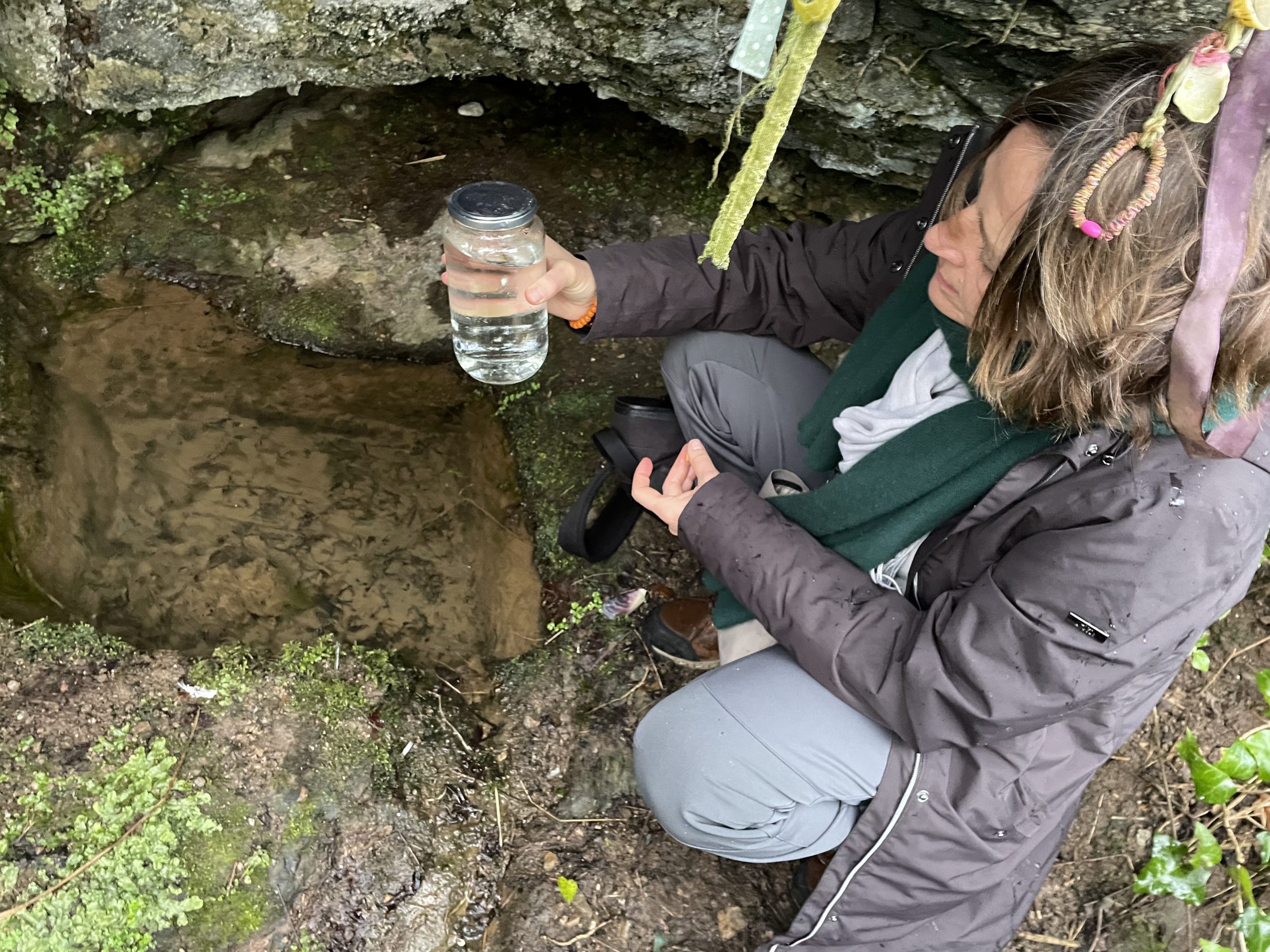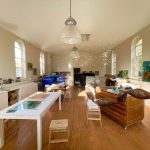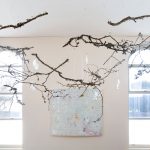Walking the St Michaels Way, for the upcoming Tremenheere Sculpture Park exhibition
Published December 2022
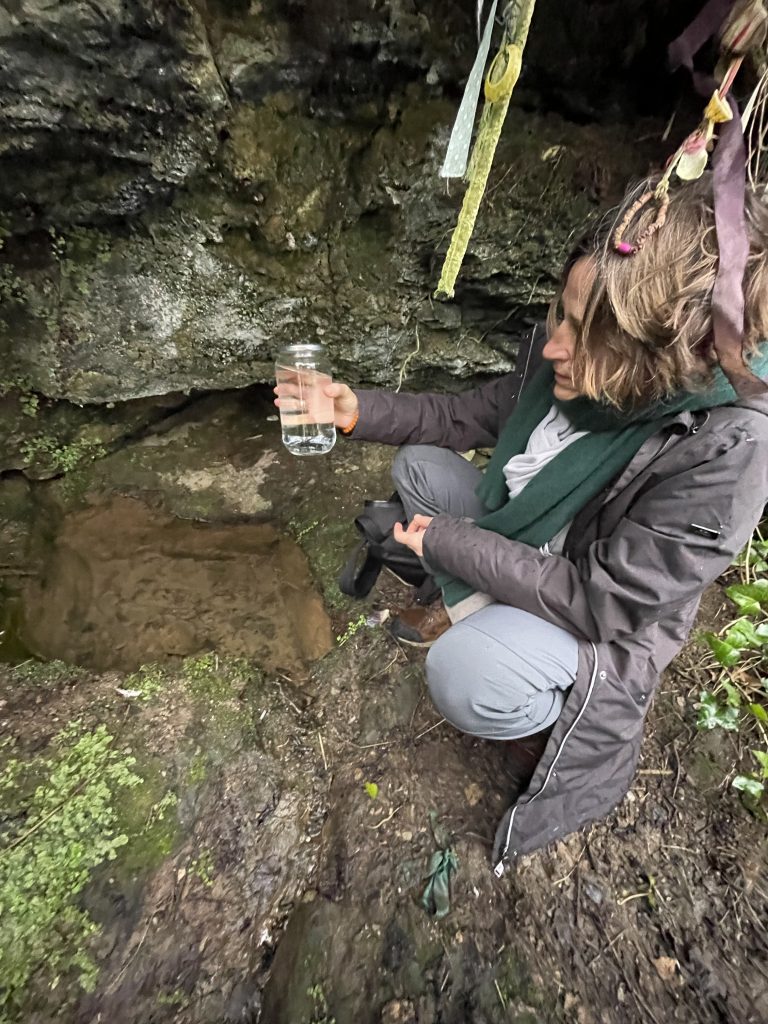
Following on from Together We Rise at Chichester Cathedral, a group of sculptors, all members of The Royal Society of sculptors, are exhibiting at Tremenheere Sculpture park in July 2023.
My work will be inspired by the pilgrimage route which passes through the sculpture park, and especially the sacred wells which can be found along the Cornish stage of the route section of St Michael’s Way crosses Cornwall. The pilgrimage route starts in Ireland and continues all the way to Compollo de Santiago in western Spain. The Cornish overland stretch avoids the treacherous waters at Lands End and starts at Lelant, curving around Carbis Bay, and passing through a Neolithic fort at Trencrom, Tremenheere sculpture park to St Michaels Mount in Marazion.
At low tide, a paved causeway links St Michael’s Mount with the mainland. We took advantage of a low tide to walk to the island as we arrived in Marazion, the day before we set out walking St Michael’s Way. On the causeway, I asked a passerby why the paving stones were different sizes, and we were delighted that I had stopped someone who was extremely well informed and we learned about the history of the path; the causeway had been replaced a few years earlier and the sizes were accidental. The encounter set the tone for the following walk ahead. We agreed to dawdle, sometimes talk to strangers, take time to look closely and soak up the details of the pilgrimage route.
We set out early the next morning and were engaged in conversation after walking around St Unys church, and were delighted to be given directions to a hidden well we had read about. The directions were to pass through a wooded area and then take a right, on the edge of the cliff, down to a well fed by a stream. As we walked, these directions seemed hopelessly vague, but we did find it, and the steep steps were almost washed away, and the damp cliff face was held together by tree roots and vegetation, it was incredibly sheer, and I was about to turn around when I heard the stream. Just finding the well was amazing, the well itself was beautifully simple and efficient, and being in a place which was so tricky to find and knowing many others had similarly come across it, made it feel fortuitous. The spring gushed from a crack in the rock. Sheds of ribbons blew in the breeze, tied by other visitors to branches and roots. I collected some water in a jar, and watched the water which filled the stone basin, then drained back into the steam, which quickly disappeared, plunging over the almost vertical cliff face to the beach. I left some shells gathered a St Michaels Mount the day before in homage.
Further, along the path as we rounded into Carbis bay, we paused to take in the view, of cliffs which dropped away to the sea waves breaking against the sheer rock face below. In silence, we saw a single seal surface, inhaling air in the quiet morning, silent except for the wash of calm waves below. She was joined by her calf, and they playfully relaxed in the water, unaware that we were looking on above them. The encounter was magical.
The pilgrimage route turned inland after hugging the coast, and the landscape began to change. We walked through vibrant wild coastal grasses, and a huge variety of plants and I began to note some of those I recognised, the more I looked the more I noticed. Eventually, we came to Trencrom hill, a Neolithic fort with huge stone outcrops. We were looking for a well that I had read existed on this hilltop and were pointed in the direction of an enormous rocky mound. I seemed inaccessible but persisted and clambered around the edges to find a square carved area in the rock, reminiscent of St Uny Well.
It was incredible to witness how this source exists so high up, and I collected a glass jar full and left more shells. From this point we had a clear view of St Michaels mount but realised that we wouldn’t arrive before the night drew in, as close to mid-winter, the days are so short. So rather than rushing, we spent time there, absorbing the view and chose instead to continue the walk again the next day.
When we resumed, we headed down from Trencrom to Ninnesbridge and found a well at the roadside, near a lichen-covered hawthorn and standing stones. We met a well-informed resident and learned about the story of this well, and the immediate area, again the conversation added to the experience of walking the route and was a highlight of the morning. We collected water from the well, at the foot of Trencrom, and continued to walk the St Michael’s way. We encountered the Red River, so called because it carries unwanted minerals away from a mine, now disused but the water remains discoloured. Lichen grew profusely in the branches of the surrounding trees which suggests an absence of pollution, which was reassuring. I collected water and noted its reddish colour in comparison to the other samples. I hope the minerals present in the water will influence the paintings I plan to create in glass enamel, and then fire, to make permanent. The resulting works will be my contribution to an exhibition at Tremenheere sculpture park next summer, with other members of the Royal Society of sculptors, many of whom showed at Chichester cathedral earlier this year. We met as a group throughout the pandemic on zoom, and the desire to work together to show work continues.
Our walk continued on St Michael’s Way and passed through Tremenheere Sculpture Park, the water containers glugging in our backpacks. We were also carrying collected fallen lichen-encrusted twigs, found lying on the path, and plan to suspend an edit of these twigs, rather like my previous suspended glass installations, above the glass panels, painted with well and spring water and enamels. It was significant to pass by the place where the show will hang next summer. St Michaels’s way continued and we followed the paths down to the coast and walked along the beach and coastal path towards St Michael’s Mount which was now so close. We crossed the Red river again, which issues into the bay. Chapel rock was accessible but the causeway which leads to the Mount was submerged by the tide. We returned the following morning, at sunrise as it was the winter solstice, and seemed an appropriate end to a stage of the journey and a magnificent start to whatever happens next.
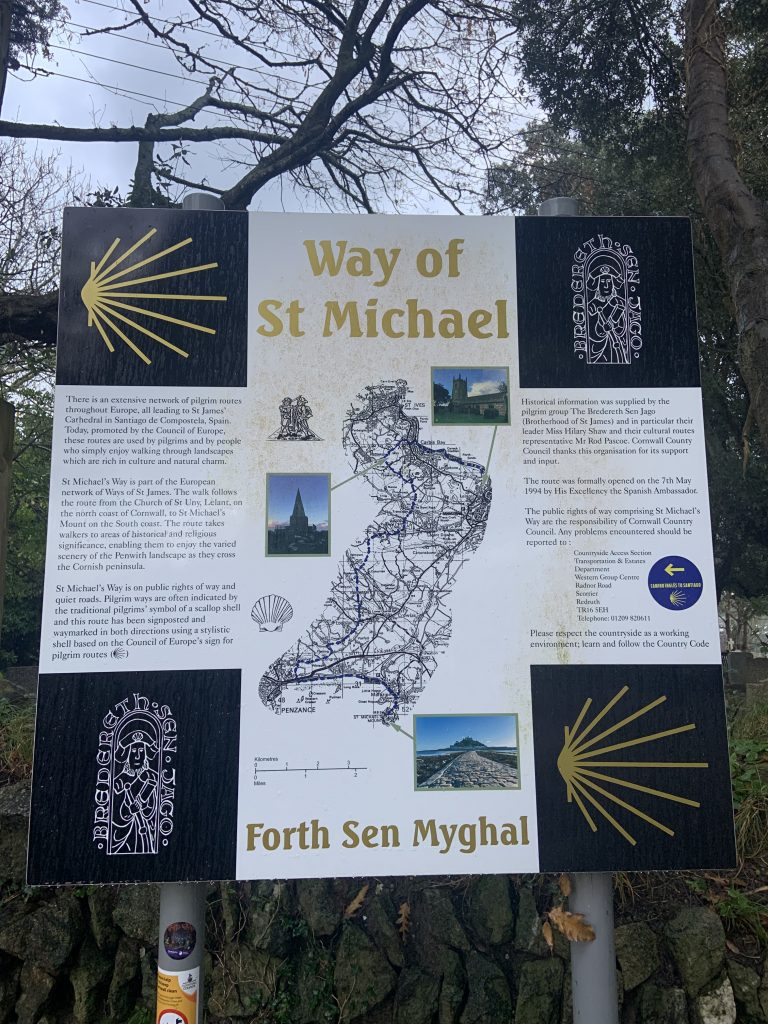
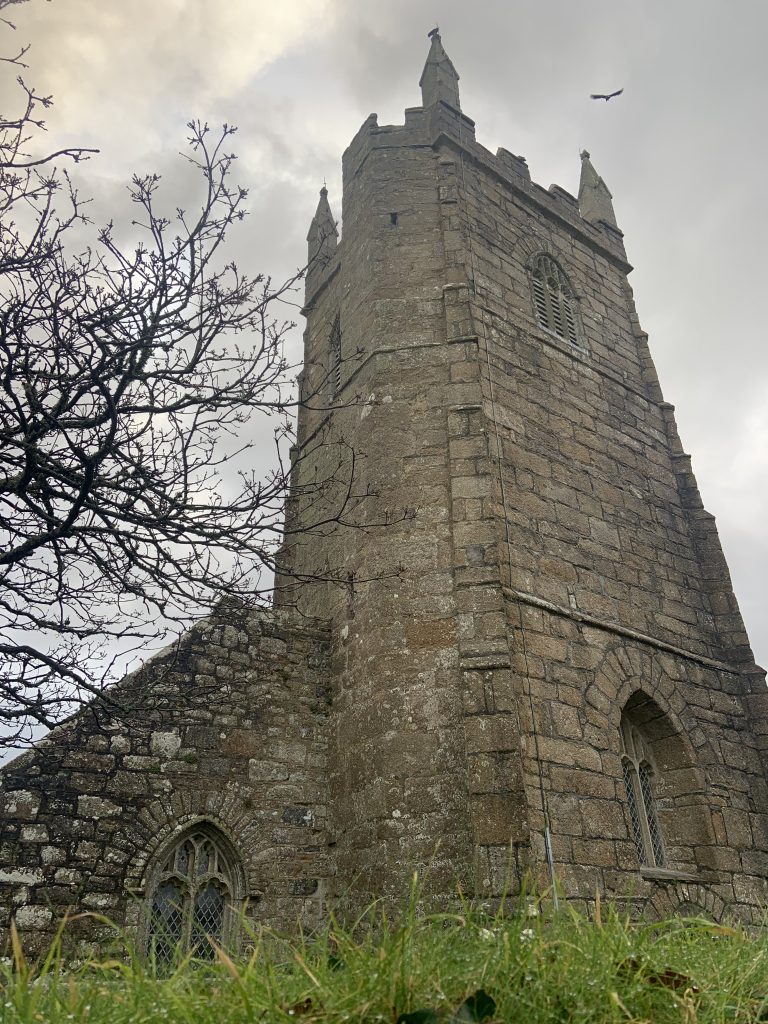
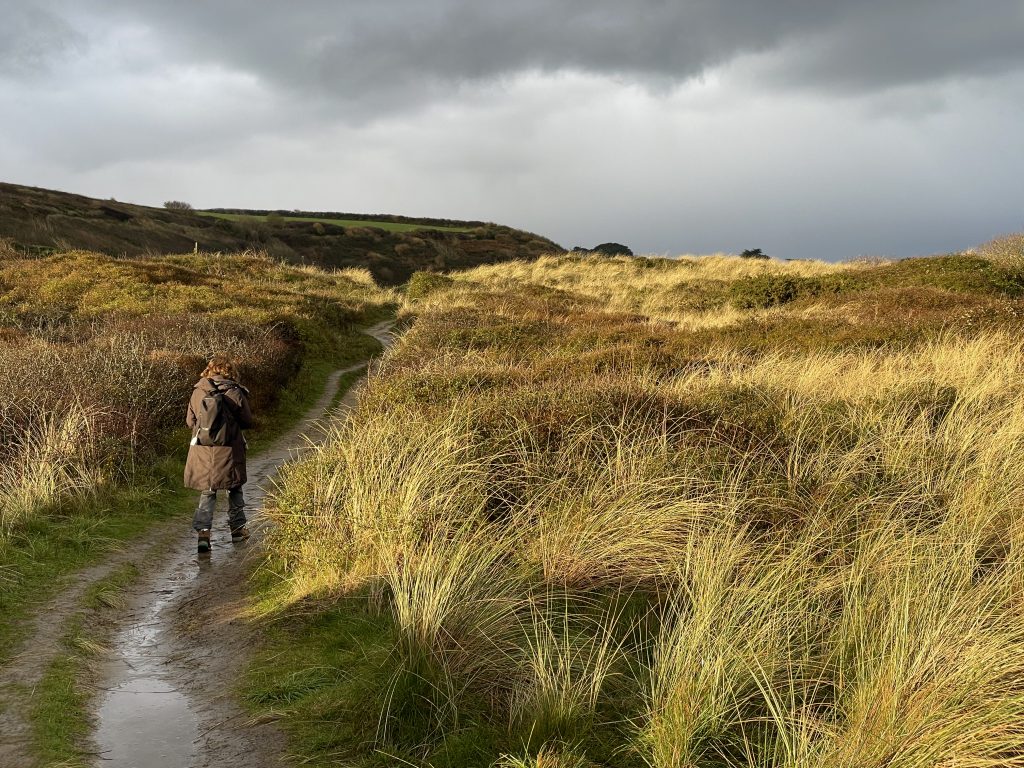
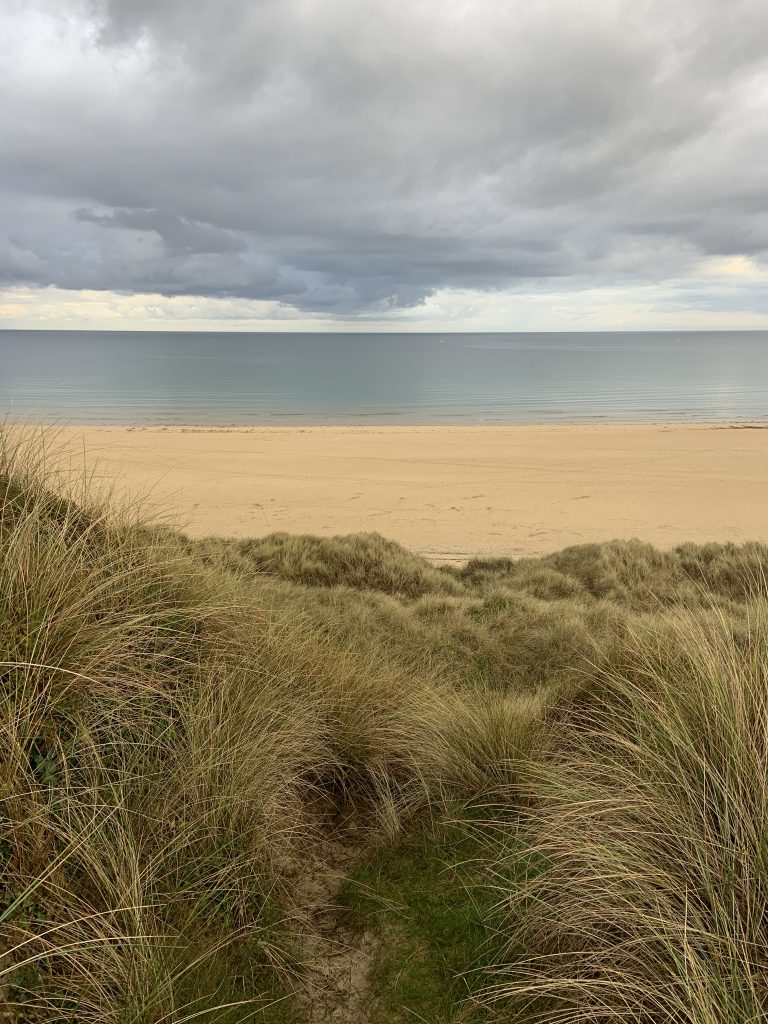
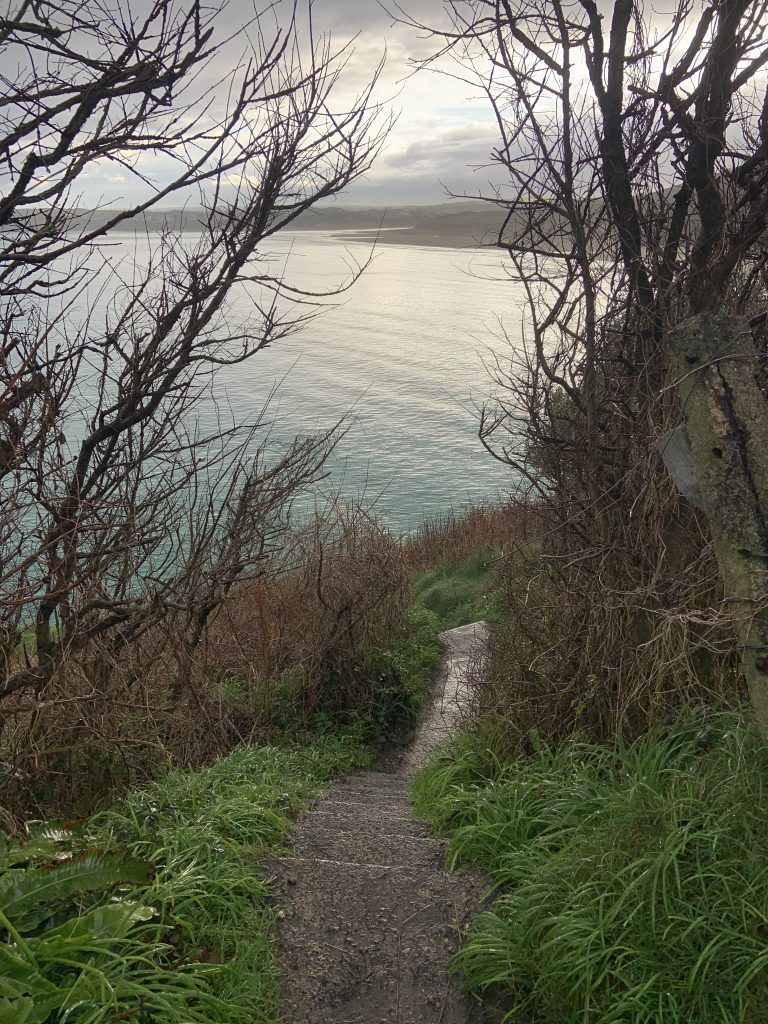
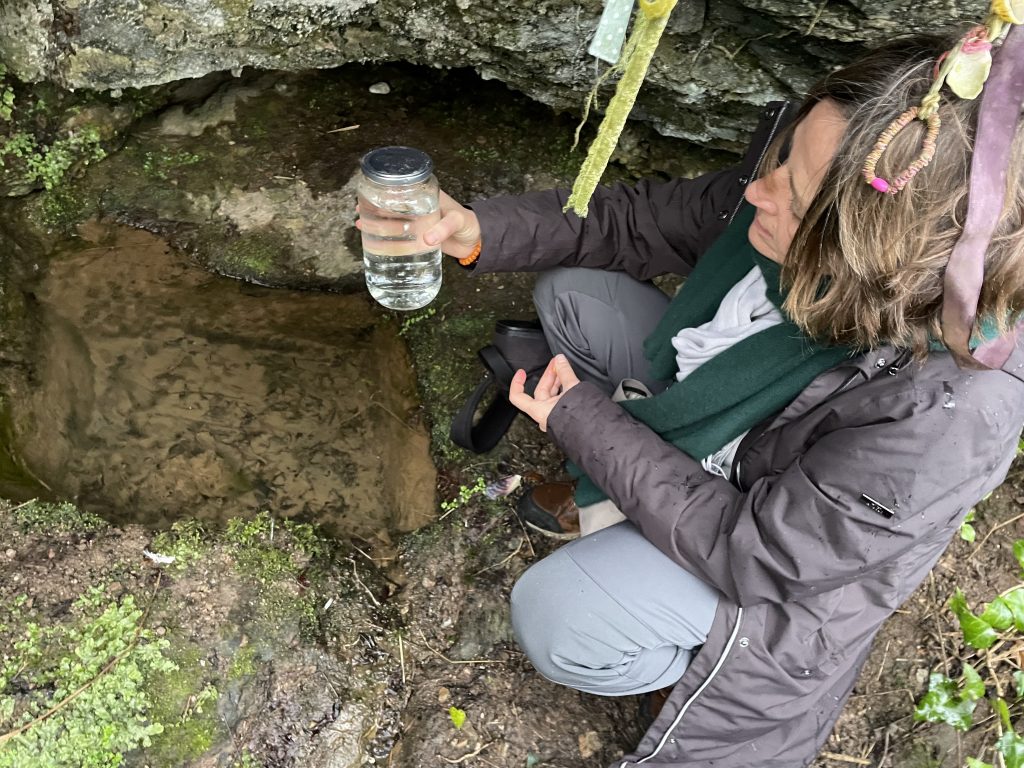
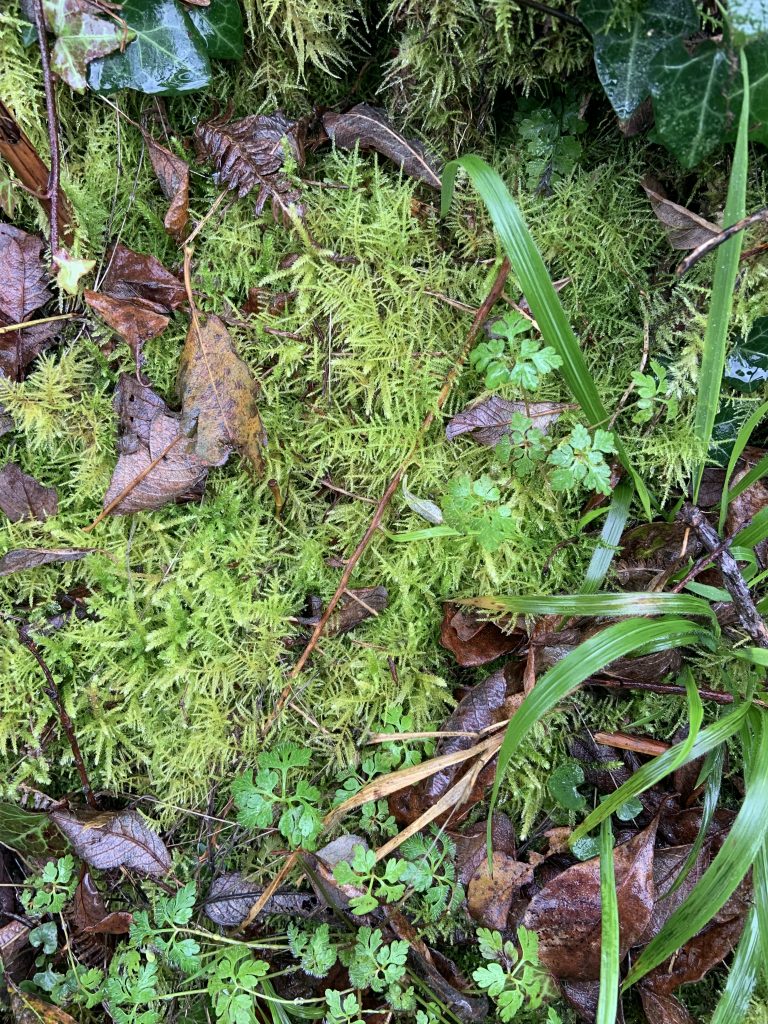
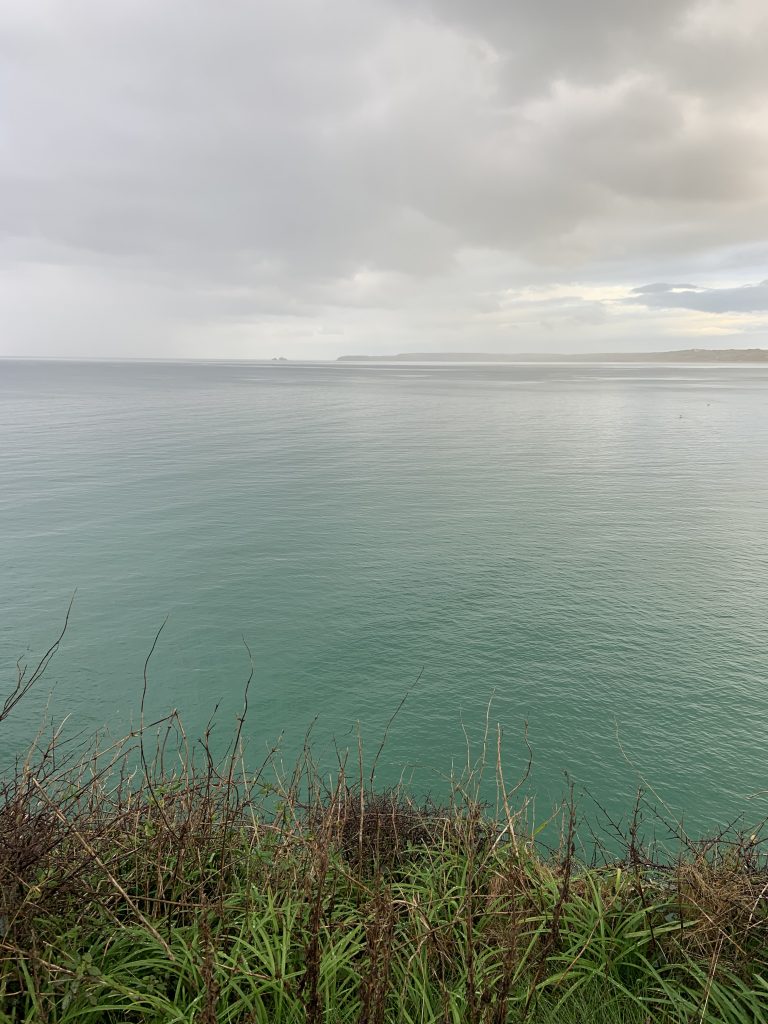
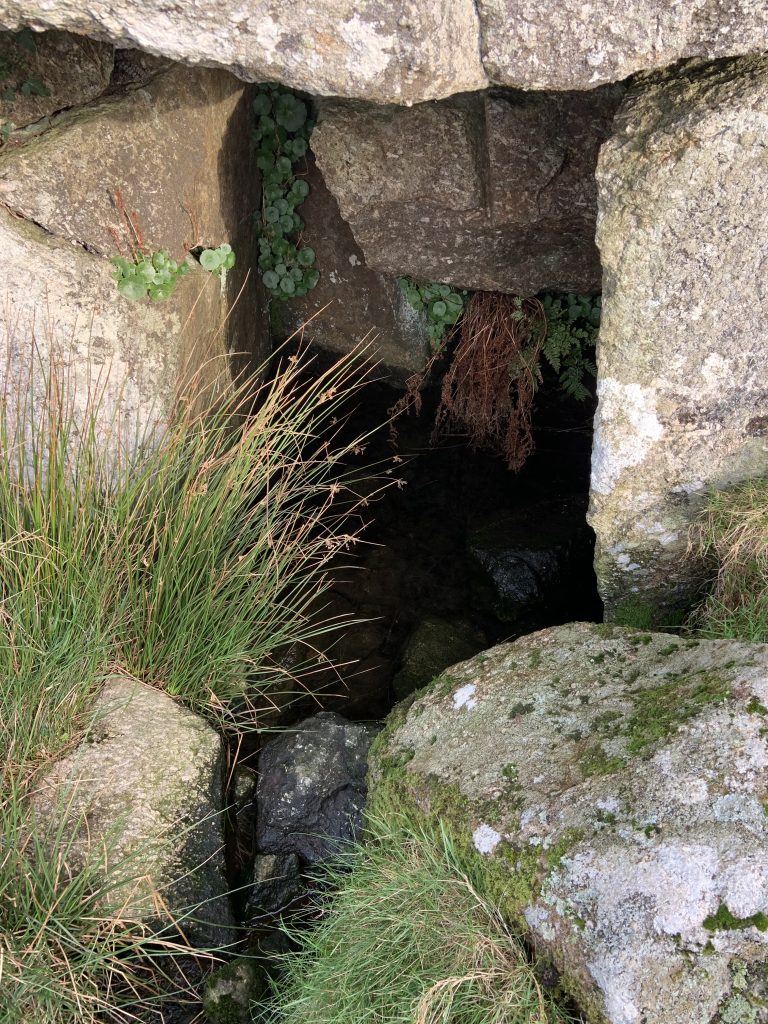


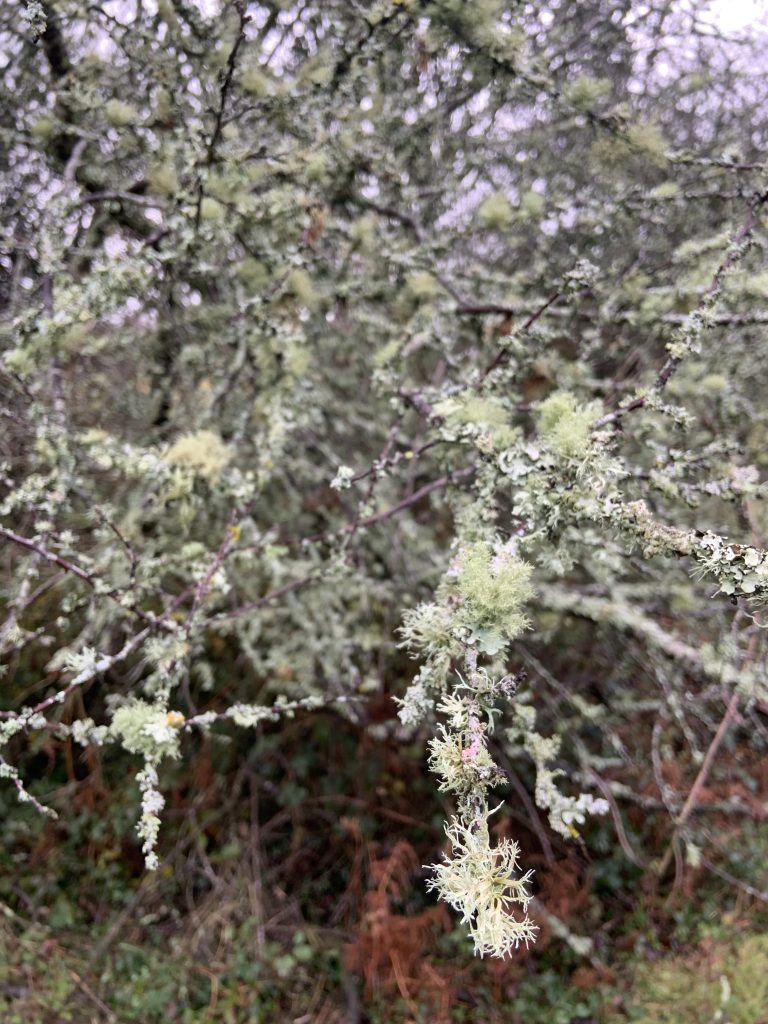
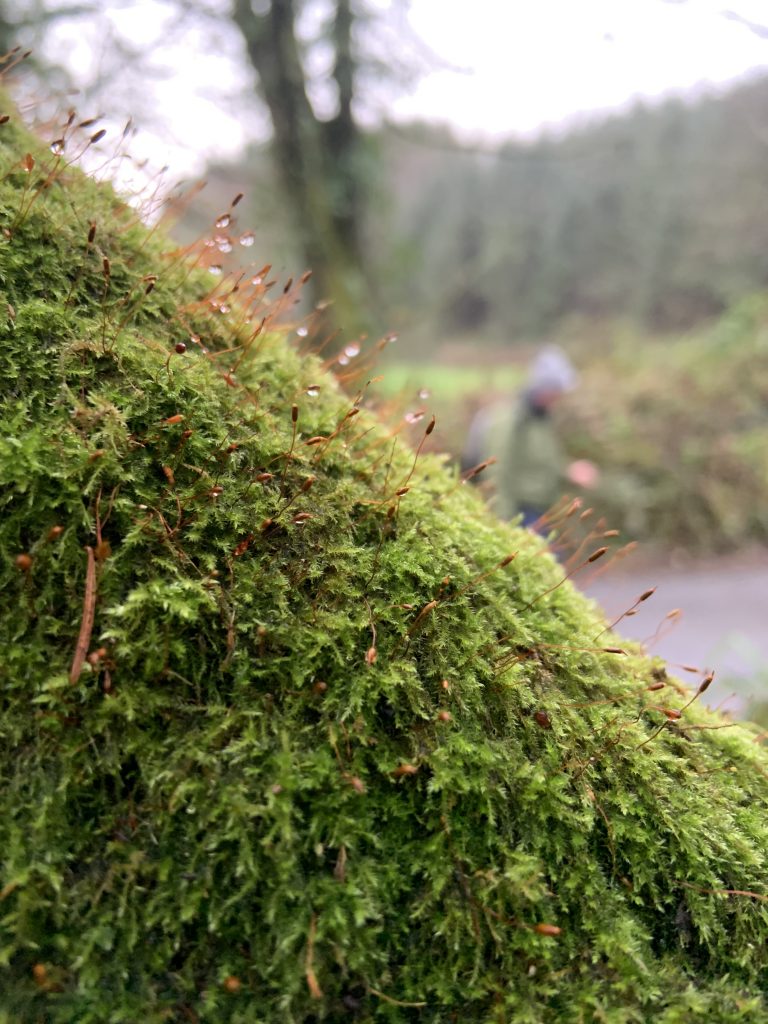
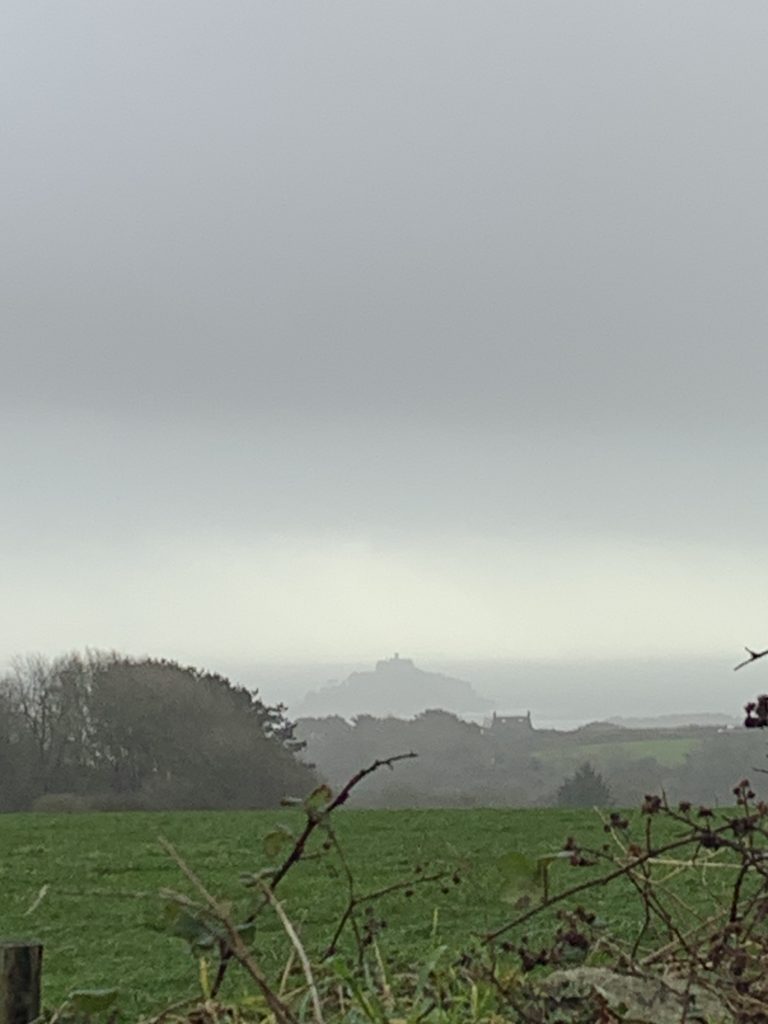
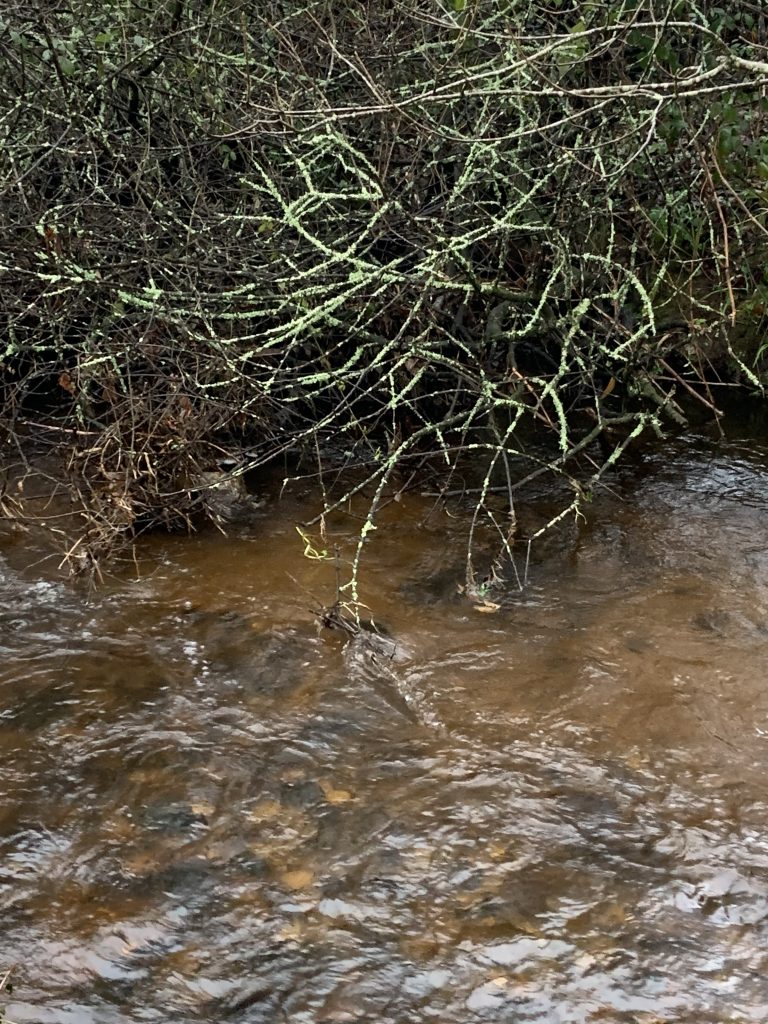
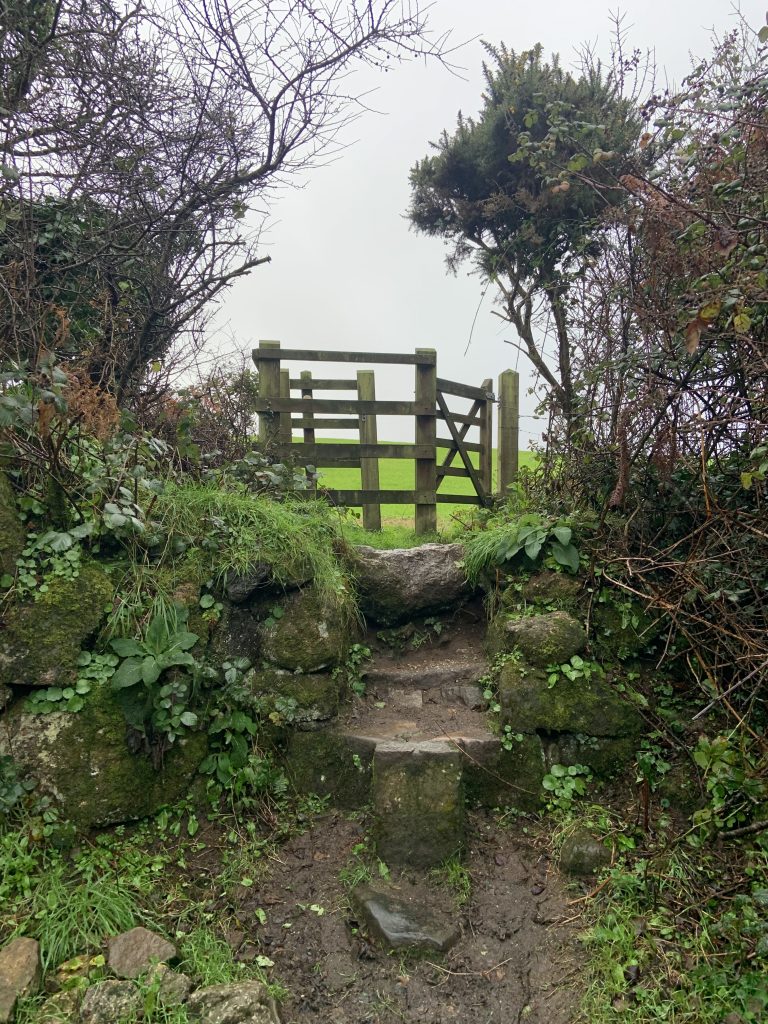
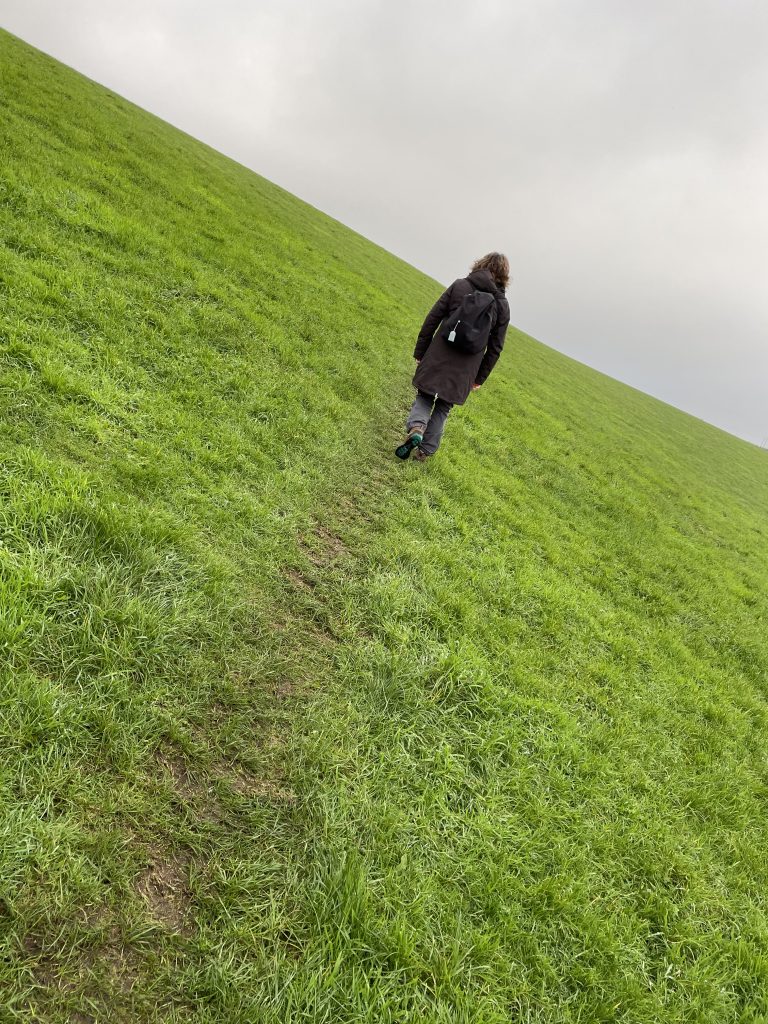
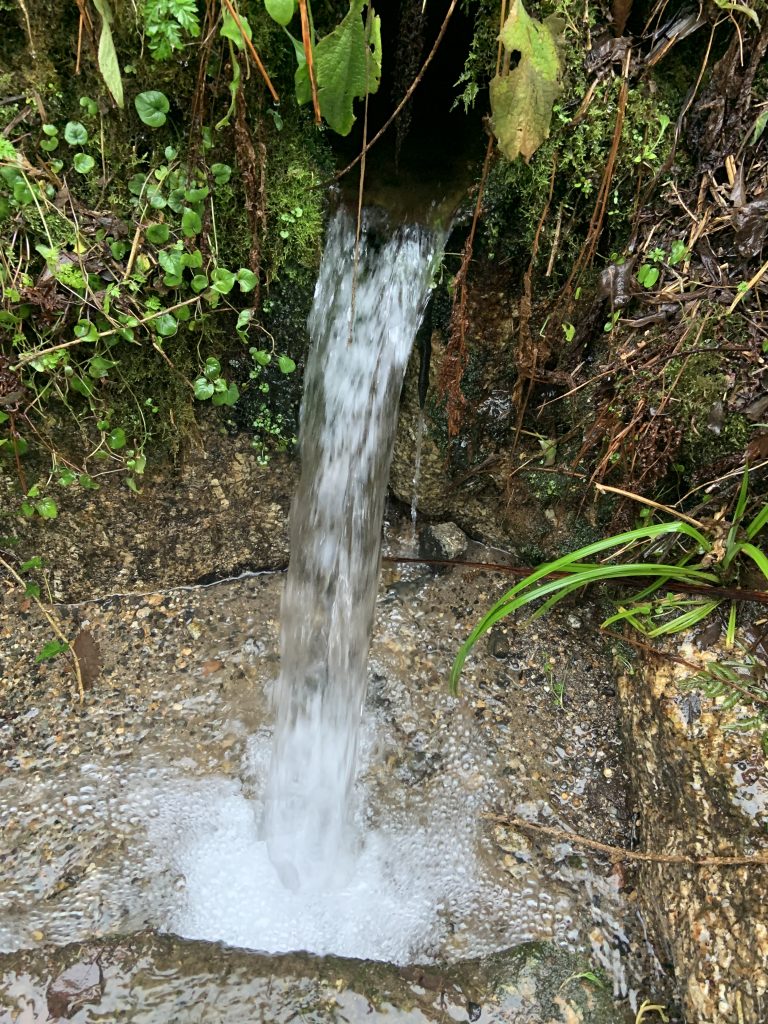
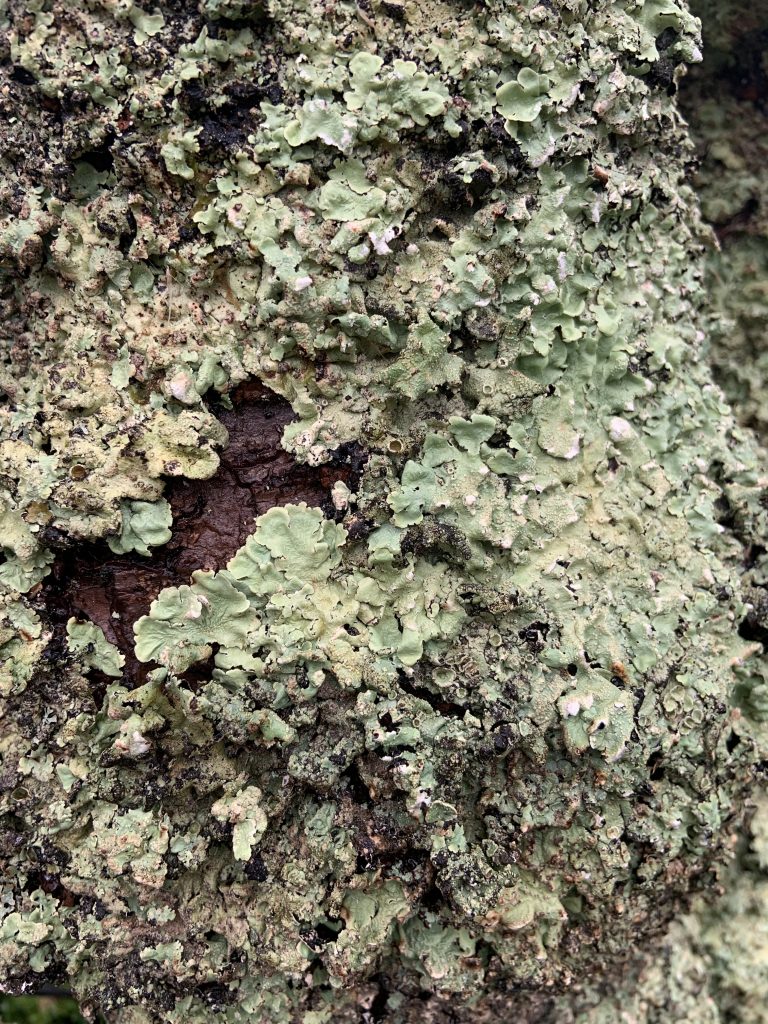
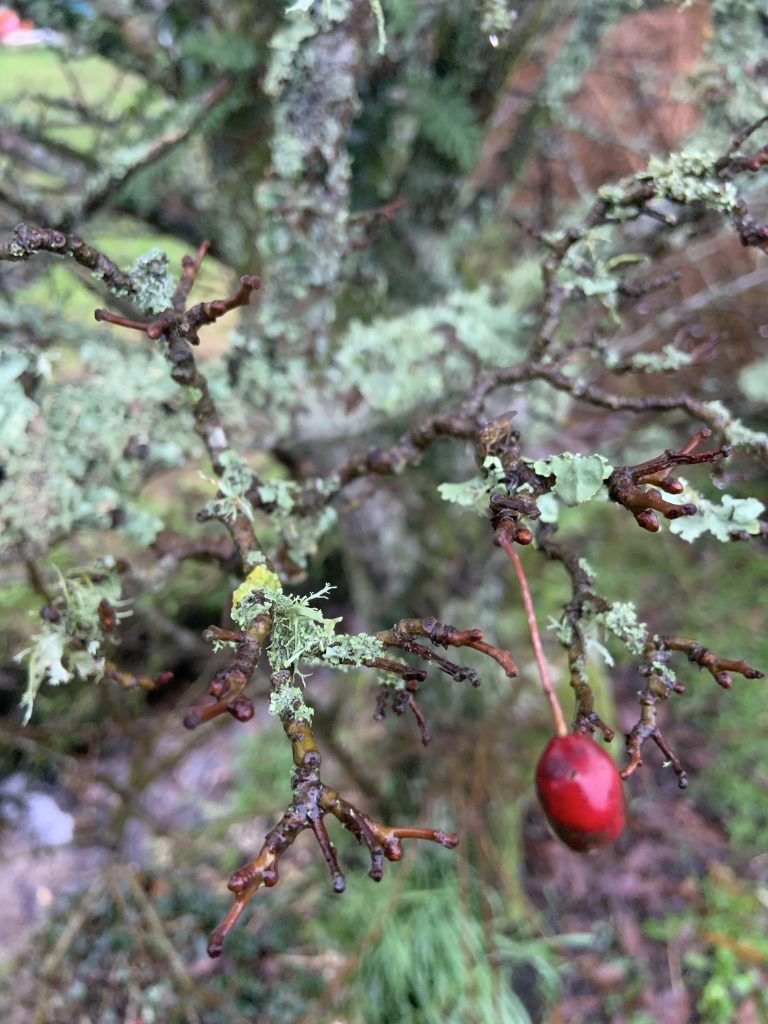
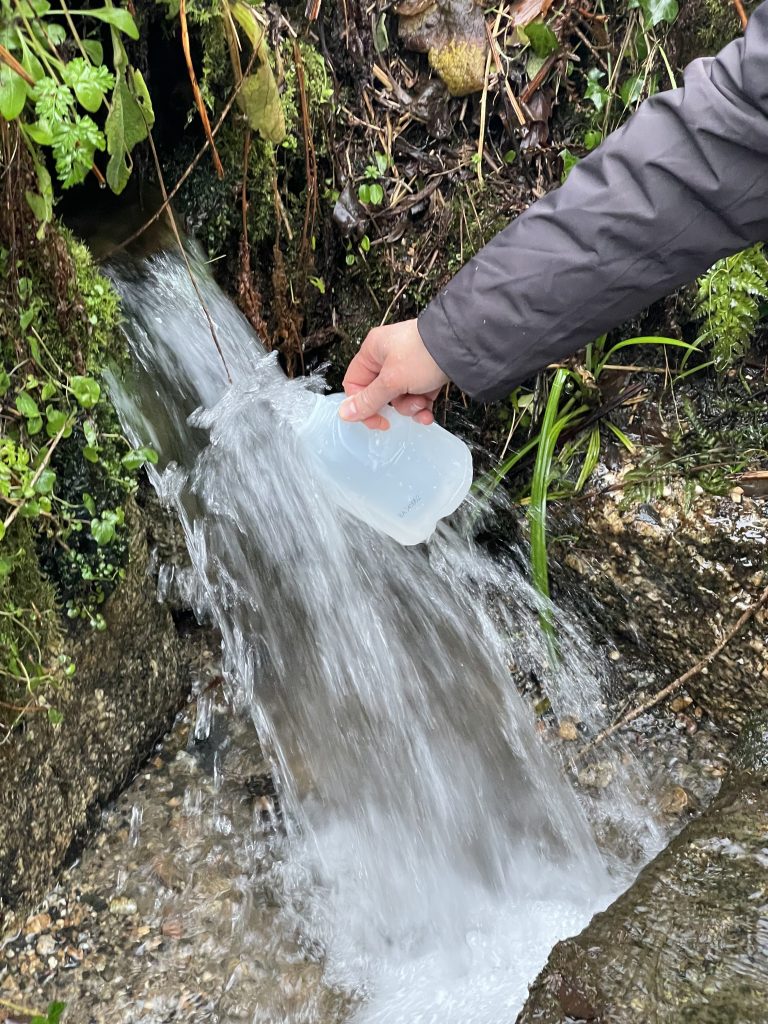
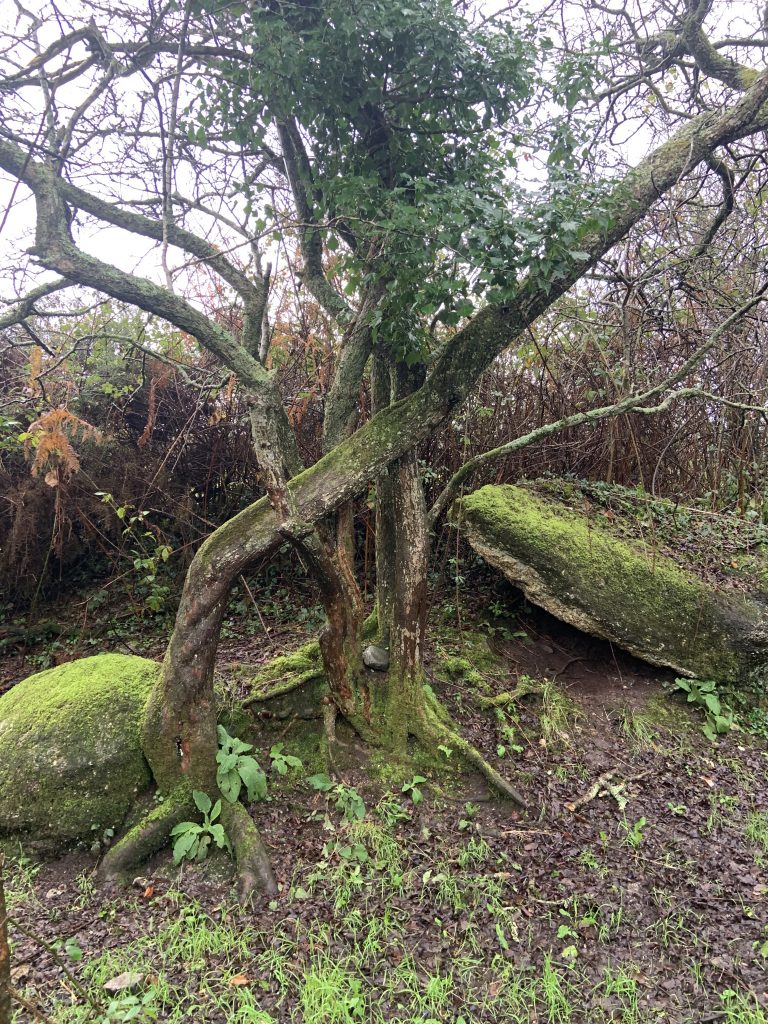
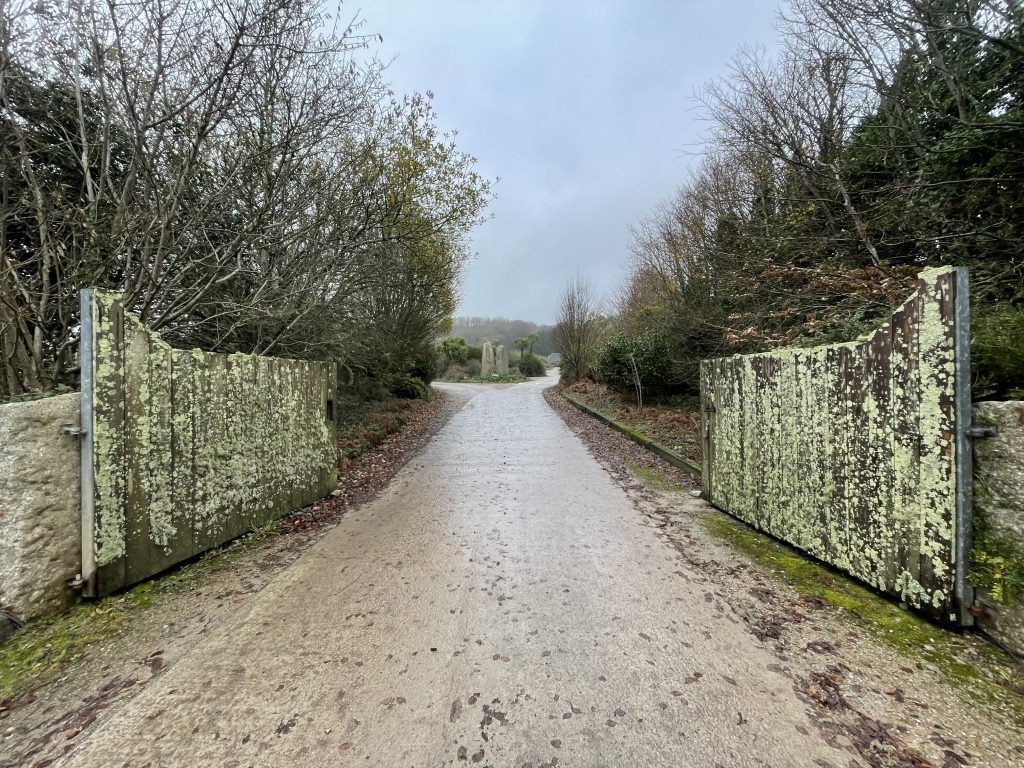
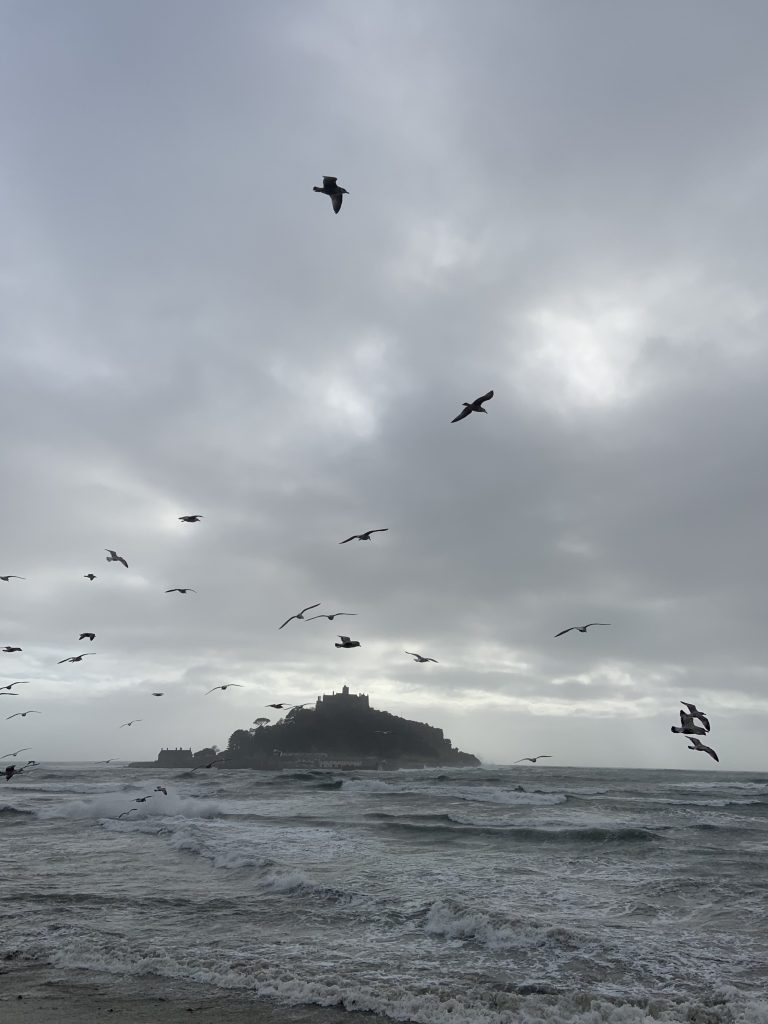
Related Posts
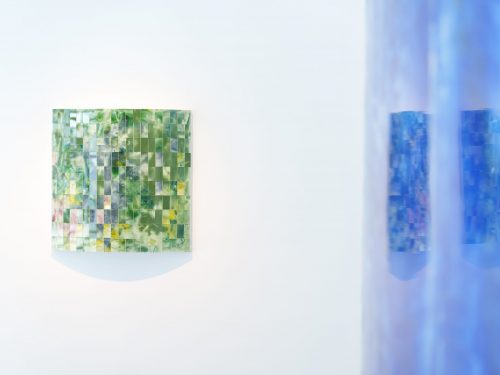
Artists talk transcript- Brook, Marsh, Moss
A solo show at The Vanner Gallery https://youtu.be/Q2SCq6OOCo8 3.5.24 - 8.6.24 Artists talk...
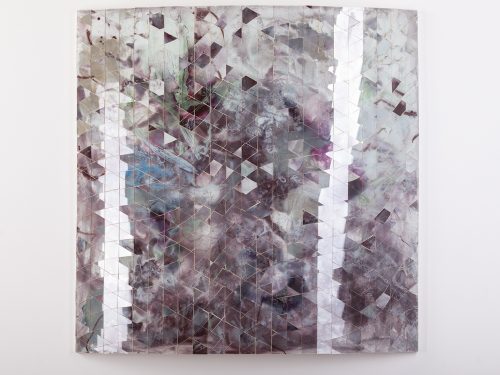
Brook, Marsh, Moss
A solo show at The Vanner Gallery 3.5.24 - 8.6.24 Brook, Marsh, Moss considers the places where...

